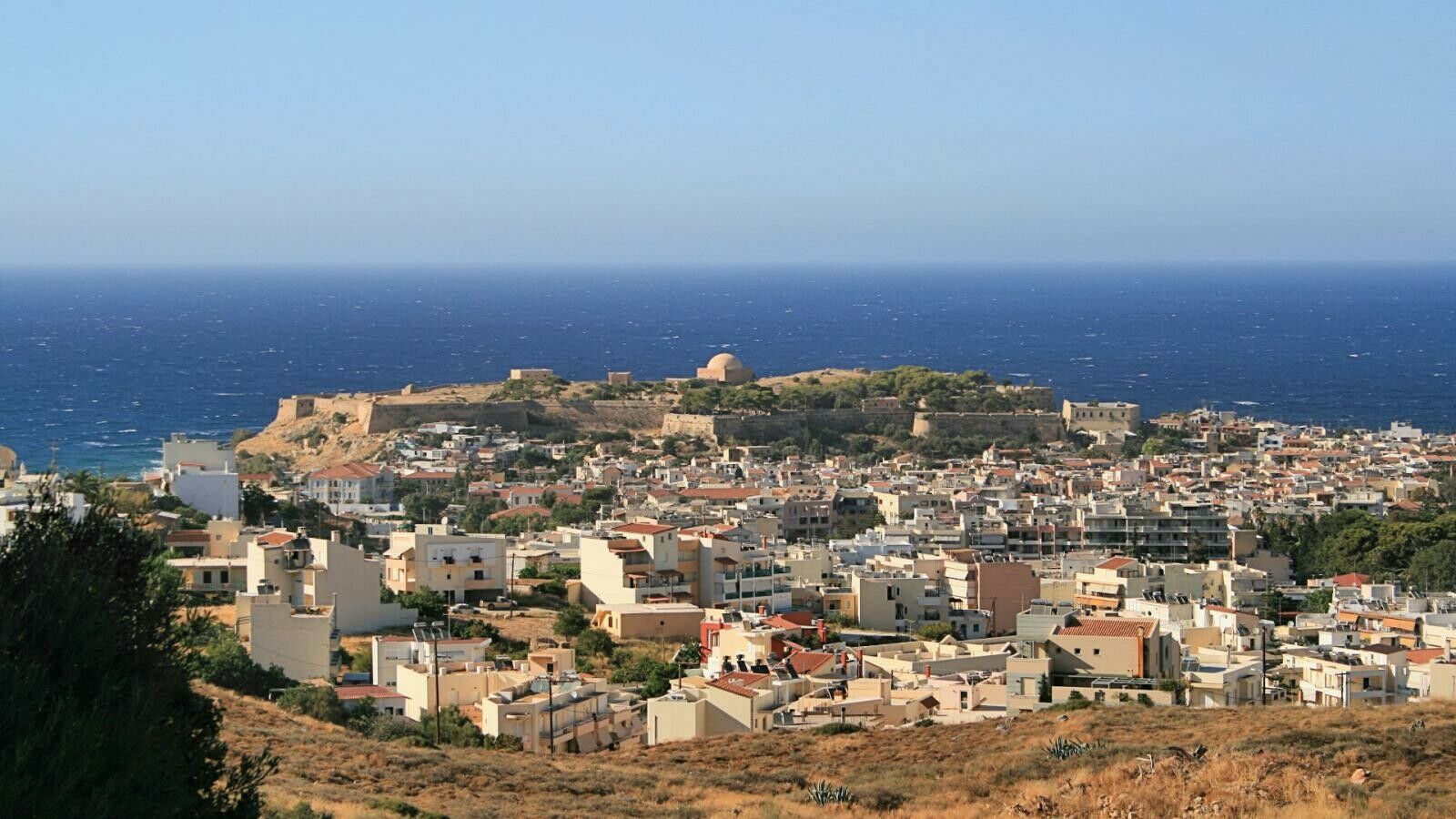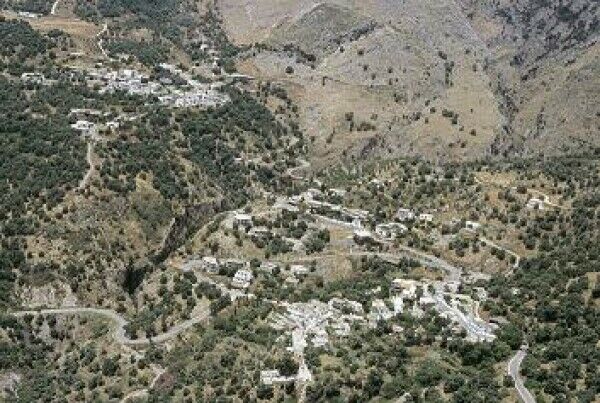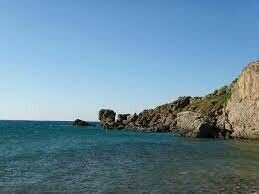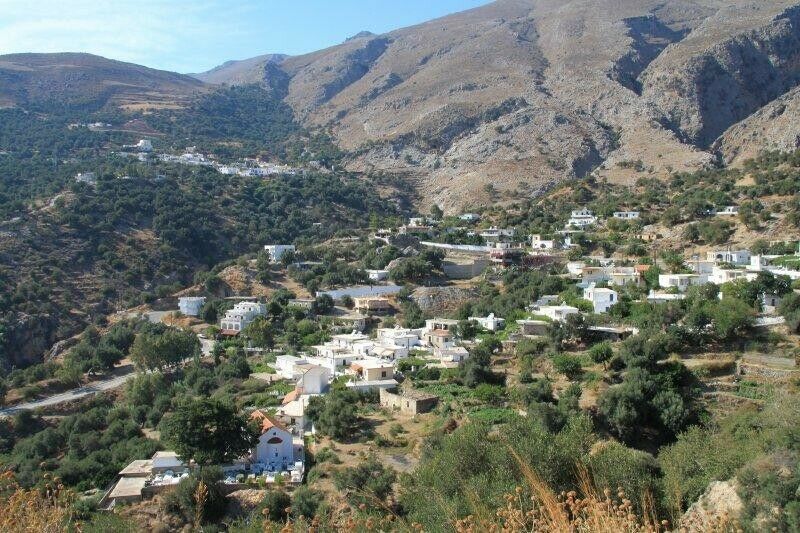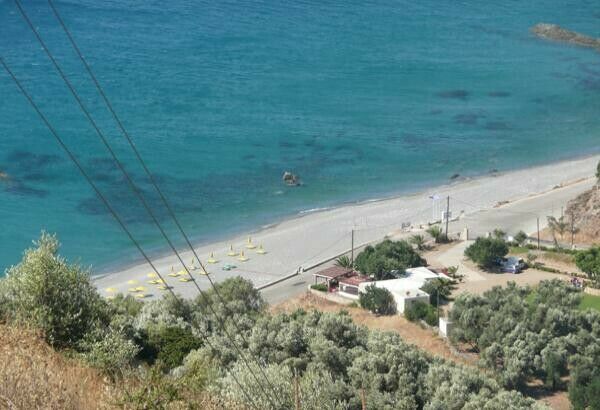"Embark on a journey of discovery and exploration in Rodakino, where every corner tells a story of tradition, natural beauty, and the warmth of Cretan hospitality."
The Municipal Unit of Rodakino includes the settlements of Ano Rodakino, Kato Rodakino, Korakas, Polyrizo, and has 428 inhabitants according to the 2001 census.
Rodakino is a village located 47 km southwest of the city of Rethymno, west of the village of Sellia, and is built amphitheatrically on two hills. The name of the village is attributed, as some believe, to a pomegranate tree that had grown in the area, and because it was such a dry place, the existence of any tree was considered a significant event. Others say that it was named because the horizon, as seen from these villages, has the shape of a pomegranate. There are also those who argue that the name was given to the villages because the people are reddish from the sun. Another view suggests that since the two villages, Ano and Kato, are separated by a gorge through which a dry river passed, and this gorge was called Rikinthos, the name Rikinthos evolved into Rodakino.
As for when the village was built, we do not have accurate information. We only know that there were four settlements in the past: Kurkulos, the Old Village, the location of Panagia, and Agios Elias, which were likely destroyed during the Ottoman era, possibly by pirates. According to tradition, the current village has existed since around 1600 when a Rodakino resident who survived the destruction of Rodakino during the Venetian rule returned to the village with his three children and rebuilt the destroyed village. This may explain why the inhabitants of the surrounding villages refer to the people of Rodakino as "Maniates."
In the Kurkulos area on May 24, 1821, the first flag of the revolution was raised by the Most Reverend Hegumen of the Preveli Monastery, Melchisedek Tsouderos. The German general Kraipe was evacuated from the Peristeri bay. The handcuffs with which they had tied the hostage were taken by a resident of Ano Rodakino, Emmanouil Kotsifakis, who has kept them until today. In the same bay, allied submarines and torpedo boats landed, bringing supplies for the rebels who resisted the Germans. The village was burned on August 20, 1943, by the conquerors, and several residents of Rodakino were executed. The reason was the death of a German. It is even said that the village was evacuated for 2 years by order of the Germans. This event was also the cause of the residents of the village killing 6-7 Germans at the Frati location. In Kato Rodakino, there are the churches of Agios Georgios, Prophet Elias, Agios Antonios, Agios Georgios in the Kurkoulos location, and the Holy Spirit at the top of Kryoneritis at an altitude of 1,312 meters. Also, in Ano Rodakino, there are the churches of the Dormition of the Virgin - two-aisled - and the Transfiguration of the Saviour - two-aisled, both about 200 years old, and Agios Panteleimon, also about 200 years old. Between the two settlements, there is a left turn for the beautiful beaches of Korakas (350 m long), Polyrizo (250 m), and the particularly beautiful beach of Agia Marina (1000 m).

